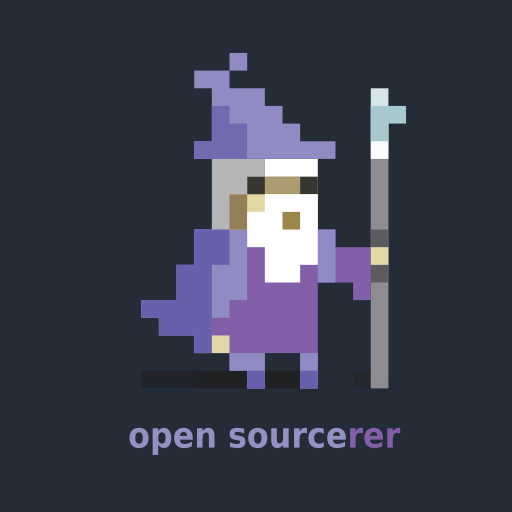pavucontrol probably the best option given your distro. Go with that.
- 0 Posts
- 20 Comments
Ain’t that the truth. But I love the workflow they offer. You don’t have to go looking for new windows. You can easily pin applications to virtual desktops and I prefer the multihead model they use over the one used by gnome or KDE.
Accidentally flashed a live image (PCBSD, IIRC) onto my 1TB external HDD instead of the thumb drive. Lost years of collected music and movies that night. I learned two things:
- Don’t do this sort of thing in the middle of the night, when you’re tired and should be sleeping.
ddis nicknamed ‘disk destroyer’ for good reason.

 5·8 months ago
5·8 months agoYou can either try to contact the seller and ask for the password or just erase the UEFI settings by shorting some jumper or something. There should be instructions how to do that for your specific model.
But I have to fight the stupid OS to give me useful information. I have to install 3^(rd) party stuff. By default you only get this useless error reporting tool. Even if you report an error your likely to never hear from anyone and the chance of the error being fixed is virtually nonexistent.
On Linux the necessary information is usually readily available. The worst offender in my experience is Steam itself. You can get logs from games fairy easily. But if Steam misbehaves things can get more complicated.
This might work.
If you’re ready to take a bit of a dive, take a look at NixOS. As a CI/CD guy it might be right up your alley.
It allows you to configure your entire system via a single, declarative config file, including any configurations for installed software. You could even develop the config in a VM and, once you’re happy with it, use the same for to configure your host machine.
Be warned, though: the wiki is nowhere near as good as the Arch wiki.
Several good suggestions on here already. Home manager might be another approach.

 4·9 months ago
4·9 months agoGood ads? Love me a good oxymoron.

 2·10 months ago
2·10 months agoIf I understand OP’s explanation correctly, they’re simply trying to make a, possibly selfhosted, copy of a GitHub repo.
In that case the misunderstanding would be in the role of thegitcommand; it being simply a frontend to any git repo, not a client to GitHub.The correct commands to achieve that would be
$ git init . $ git remote add origin url $ git remote add github url $ git fetch github $ git merge github/master $ git push -u origin masterThere may be errors in the above code. I’m writing this from memory on my phone.

 9·10 months ago
9·10 months agoI have no idea what you’re actually trying to accomplish. What you’re doing doesn’t seem to match the description.
So what are you trying to do?
Sure. Pick any orchestration solution you like. Ansible, for example. You’d just change the file that is rolled out for that machine, either by changing some central, per-machine file or its ansible file, then tell ansible to update the file remotely and make it run
nixos-rebuild switchon that machine. A few seconds later the tool is installed. If you replaced vscode with geany vscode would be uninstalled, too.
In terms of ease of management and deployment NixOS might be an interesting option. It can be completely configured through a single file so the deployment and update processes become very straightforward and easy to manage in a centralised fashion.
That’s my guess, as well. But is it really necessary to publish every single one?

 161·10 months ago
161·10 months agoWhy do these exist? And I mean all those religious book reading applications collectively. Browsing through f-droid it feels like every third beginner’s project is a Bible-, Torah- or Koran-reading app.
It’s feasible. I ran that so setup for a couple of years. Not with Proxmox as desktop system, but Windows VM with VGA passthrough for gaming, relying on Steam in-home streaming.
Wouldn’t recommend. I didn’t find a ton of games that wouldn’t work, but the performance hit was quite noticeable in hindsight.
I never sorted out core-pinning, though.
But overall the setup was very fragile and prone to breaking after random updates just as much as randomly fixing itself with the next update.
Streaming was probably the biggest pain point, though.
Enjoy your bian, I guess.
Not sure if the Linux crowd can answer this Windows question.
KSP vibes